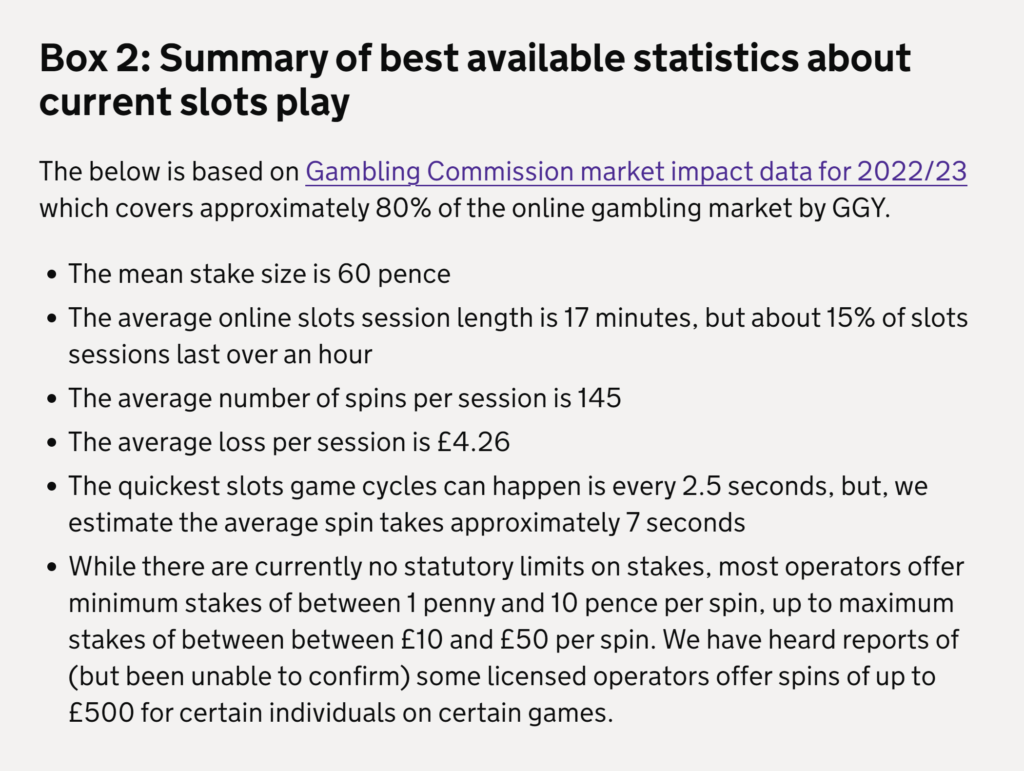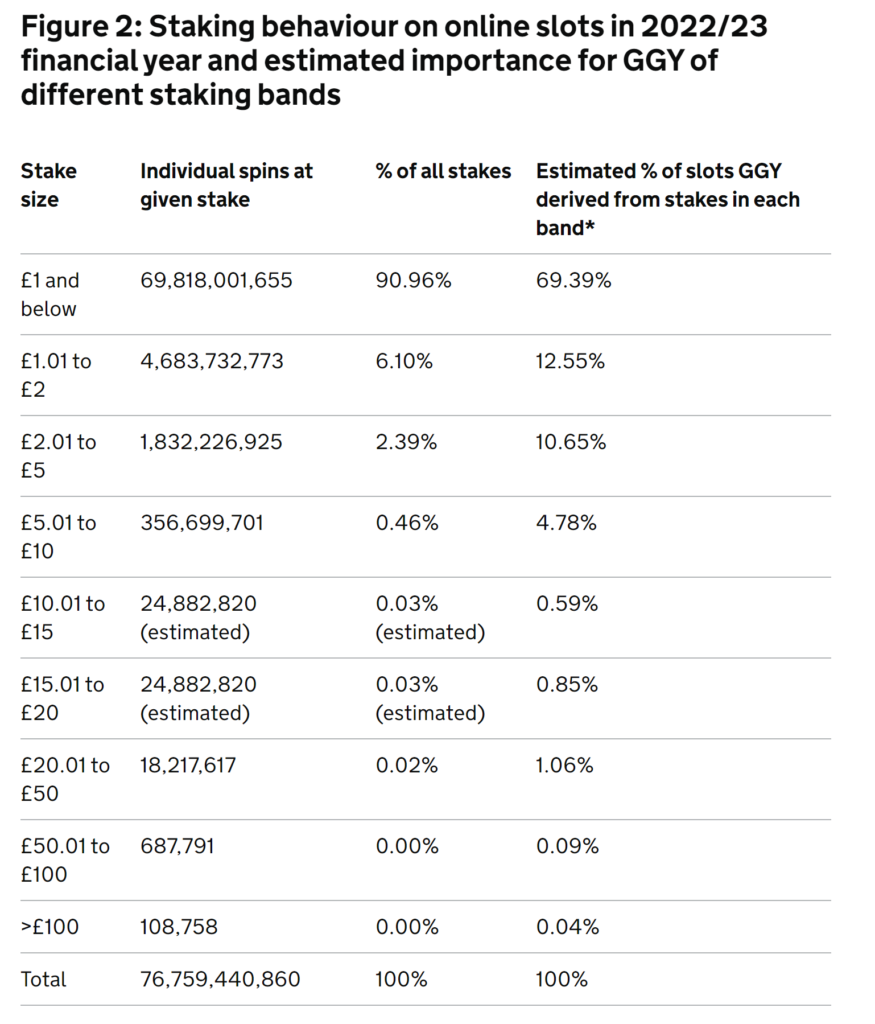DCMS publishes correction to online slots consultation
On 20 September 2023, the Department for Culture, Media and Sport (“DCMS”) published a correction note in respect of its open consultation on the imposition of a maximum stake limit for online slots games.
Correction note
DCMS have made a correction to Chapter 5 of the original consultation document, within which it was incorrectly reported that, according to the Public Health England Gambling-related harms evidence review, problem gambling rates are highest in the 16 to 24 age group (at 1.5%). However, 1.5% is in fact the problem gambling rate for men in that age group, rather than all respondents. In actuality, the rate for all respondents in the 16 to 24 age group is 0.8%. According to the Health Survey for England 2018, the problem gambling rate in the 16 to 24 age category is 1.0% – which was the highest of any age group.
The timing of this correction is interesting, particularly given the open letter published by the Gambling Commission’s CEO, Andrew Rhodes, in August 2023, in which Mr Rhodes raised concerns about the misuse of gambling statistics. The accurate use of data, it seems, is becoming increasingly important for all stakeholders.
Extension to deadline for submission of responses
The original deadline for submission was 20 September 2023 at 11:55pm. In view of the correction made to Chapter 5, DCMS have extended the original deadline by two weeks, to 4 October 2023 at 11:55am. This is to “give respondents time to consider the correction and respond on this basis”.
Next steps
DCMS have advised that any respondents who wish to resubmit should email [email protected] to do so.
Please get in touch with us if you would like to discuss this matter further or require our assistance preparing a response.


